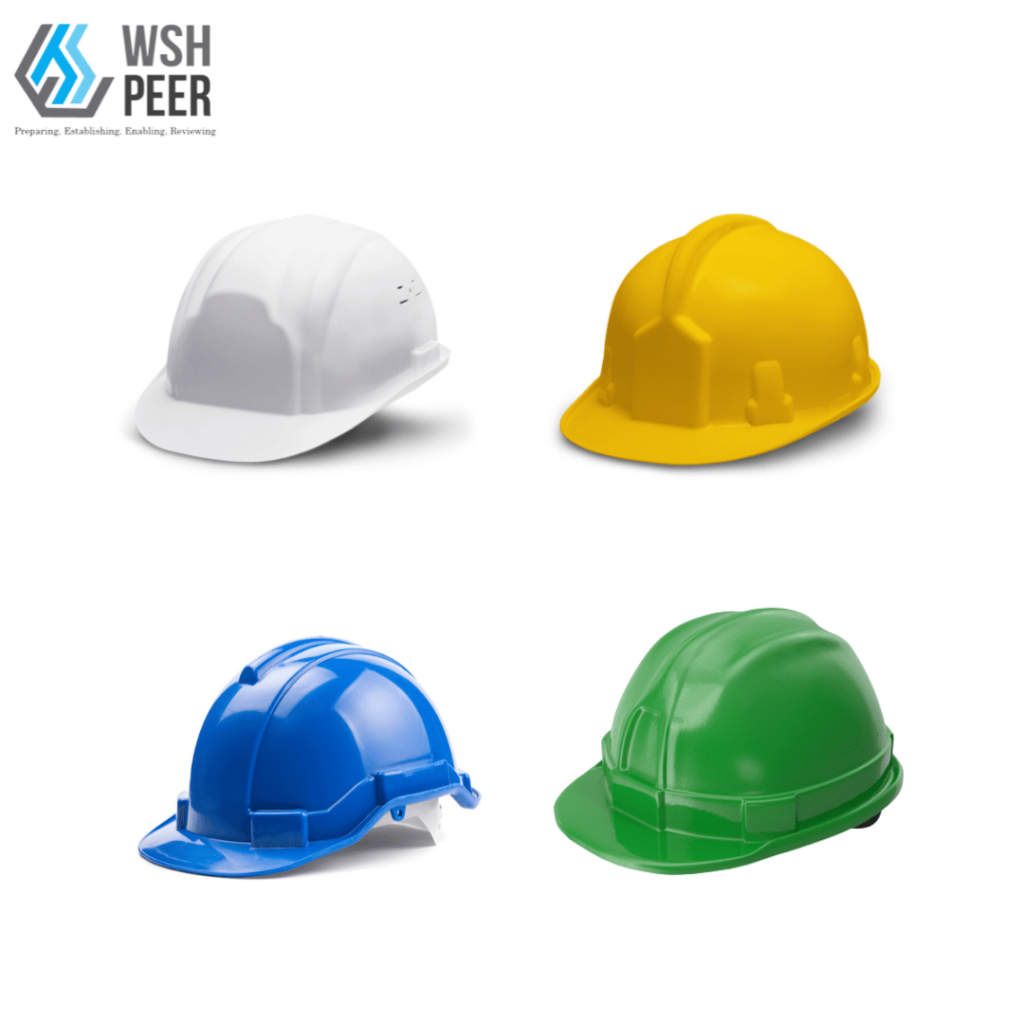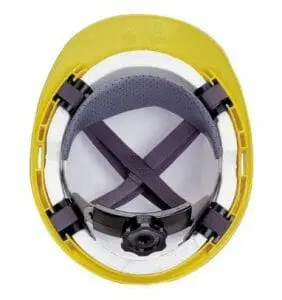Walk onto any industrial site or construction zone, and you’ll see a sea of hard hats; white, yellow, blue, maybe even green. But here’s what most people miss: not all helmets are created equal, and far too often, the decision of which one to wear is based more on color coordination than actual hazard assessment.
That might sound harsh, but it’s true. We’ve standardized safety to the point where it feels more symbolic than functional. Yet when it comes to head protection, the margin for error is unforgiving. The wrong choice doesn’t just violate protocol, it can cost someone their life.
In this article, we’re going beyond the usual safety poster wisdom. You won’t find a color chart or a basic “wear your PPE” reminder here. Instead, we’re unpacking the real-world implications of safety helmet types and classes what they’re designed for, where they fall short, and why understanding their classification isn’t optional.
In this article, we will explore:
What makes a safety helmet effective
The types and classes defined by safety standards
How to select the right helmet for specific workplace hazards
Why relying on appearances alone can be a fatal mistake
What Is a Safety Helmet?
A safety helmet is a type of head protection equipment designed to shield the wearer from injuries due to falling objects, blunt impacts, and even electrical hazards. Modern safety helmets are typically made from durable materials such as:
High-density polyethylene (HDPE)
Fiberglass or resin composites
Kevlar
Aluminum or other conductive materials (used in specific helmet classes)
But material alone doesn’t determine a helmet’s performance. A well-designed safety helmet also includes features like:
Internal suspension systems: These absorb and distribute the energy from an impact to reduce force transmitted to the skull.
Chin straps: To ensure the helmet stays secure during movement or an impact.
Ventilation: For user comfort, especially in hot environments.
Accessory slots: For attachments like face shields, earmuffs, or welding visors.
Some helmets even come with electrical insulation properties, making them suitable for jobs that involve exposure to live wires or high voltage equipment.
Simplify Your Workplace Safety and Health
Make workplace safety easier with PEER, because keeping it simple should be the standardSafety Helmet Colors

It’s common on construction sites or factories to assign helmet colors based on roles, for example:
White: Engineers or supervisors
Yellow: General laborers
Blue: Electricians or technical operators
Green: Safety officers
While color-coding can help with quick identification, it has nothing to do with safety performance. Choosing a helmet based only on color, without considering the type or class, could leave workers dangerously underprotected.
ANSI Safety Helmet Classifications: Type and Class
The American National Standards Institute (ANSI), in conjunction with the International Safety Equipment Association (ISEA), provides a comprehensive classification system for safety helmets under ANSI/ISEA Z89.1-2014.
The classification is broken down into two dimensions: Type and Class.
Helmet Types

Type I
- Designed to reduce the force of impact resulting from blows to the top of the head only.
- Commonly used in general construction or industrial applications where falling objects from above are the main concern.

Type II
Designed to reduce impact force from blows to the top and sides of the head.
Contains additional padding and a more complex suspension system.
Essential for environments where side impacts (e.g., swinging objects, lateral falls) are likely.
If your workplace involves movement in confined spaces, working near machinery, or any lateral hazards, Type II helmets are your best line of defense.
Safety Helmet Classes
In addition to physical impact protection, ANSI also categorizes helmets by their electrical insulation capabilities:
Class E (Electrical)
Class E helmets are tested to withstand electrical charges of up to 20,000 volts, making them ideal for electricians or anyone working near high-voltage equipment. However, it’s important to note that these helmets provide head-only protection and do not offer full-body insulation.
Class G (General)
Class G helmets are rated for protection up to 2,200 volts. They are suitable for general electrical work or tasks where incidental contact with low-voltage equipment is possible. Like Class E helmets, the protection is limited to the head.
Class C (Conductive)
Class C helmets provide no electrical protection and are often made of conductive materials, such as aluminum. These helmets typically include extra ventilation for better airflow and are used in environments where electrical hazards are not present.
Warning: Never use Class C helmets in environments with electrical risks. They can conduct electricity, posing a significant hazard.
Simplify Your Workplace Safety and Helath
Make workplace safety easier with PEER, because keeping it simple should be the standardHow to Choose the Right Safety Helmet
Choosing the right helmet involves more than checking a box for compliance. It requires a clear understanding of your work environment, risk exposure, and job tasks.
Here’s a simple checklist to guide your selection process:
Identify Hazards
Are there falling objects from above?
Is there a risk of lateral impact or confined spaces?
Do workers face electrical hazards?
Will the helmet need face or ear protection attachments?
Match Helmet Type and Class
| Environment | Recommended Helmet |
|---|---|
| General construction | Type I, Class G |
| Electrical work (high voltage) | Type II, Class E |
| Mechanical maintenance or factories | Type II, Class G |
| Welding or grinding areas | Type II, Class C (with attachments) |
| Confined spaces or moving machinery | Type II, Class G or E |
Don’t Ignore Fit and Comfort
A helmet is only effective if it’s worn correctly. To ensure proper fit and comfort, look for helmets with adjustable suspensions, breathable liners, and stable chin straps. Discomfort can lead to non-compliance, which increases the risk of injuries. It’s crucial to ensure the helmet fits properly and is worn consistently to provide maximum protection.
Final Thoughts: Head Protection Is More Than Just a Hard Hat
Head protection is far more than a mere formality. It’s not about coordinating with your uniform or simply ticking a box for a safety audit. It’s about recognizing the specific hazards your workers face and ensuring they have the right level of protection to stay safe.
When selecting a safety helmet:
Don’t be swayed by color or price alone.
Focus on functionality, classification, and how well it suits the work environment.
Train your teams to understand both the capabilities and limitations of their helmets.
At the end of the day, safety isn’t about avoiding fines or passing inspections—it’s about protecting lives.





